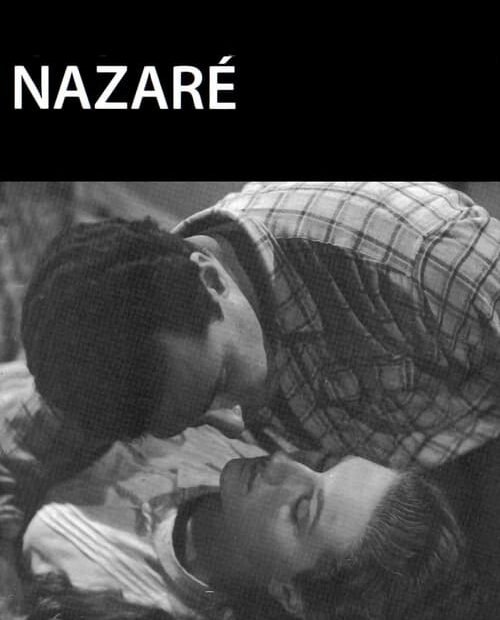Nazaré: A Sea of Dreams and Woes
If you’ve ever wondered what it’s like to live in a town where the ocean is both your livelihood and your worst enemy, look no further than the cinematic masterpiece that is Nazaré. Picture this: a picturesque coastal village where the waves are as fierce as the local gossip, and dreams are as elusive as a sunbather’s tan in a rainstorm.
Our tale begins with António, a man whose dreams have been drowned faster than a beach ball in a tsunami. He’s got a family to feed, and in Nazaré, the sea is the only source of sustenance—think of it as a buffet that occasionally bites back. As António battles the waves, his wife and children are left on the shore, clutching their hopes like a child clutching a melting ice cream cone in the summer sun.
Now, let’s talk about the local legend: the woman in black. She’s the spectral embodiment of every mother’s worst nightmare, mourning silently on the beach for her lost children. You can spot her from a distance, her wails blending seamlessly with the sound of crashing waves, making it hard to tell if she’s grieving or just really upset about the local seafood prices. This adds a delightful layer of existential dread to the otherwise sun-soaked shore, creating a perfect backdrop for António’s daily grind.
As the film unfolds, we witness António’s struggles against both nature and his own family dynamics, which are as turbulent as the ocean itself. The kids, bless their hearts, are as hopeful as seagulls circling a picnic. They dream of a life beyond the crashing waves, but in Nazaré, dreaming is akin to inviting a shark to dinner—dangerous and likely to end in tears. António’s stern demeanor often clashes with his children’s aspirations, leading to heartwarming yet humorous exchanges that could only happen in a place where the sea is both a cradle and a grave.
The cinematography captures Nazaré’s beauty and brutality in a way that makes you want to dive in and swim with the fish or perhaps just float away on a giant inflatable flamingo. Each wave that crashes against the shore seems to echo the unfulfilled dreams of the townspeople, reminding us that while the ocean may provide, it also takes away. It’s like a cruel friend who buys you a drink but then steals your fries.
As the film reaches its climax, António faces a tempest that is as much about his internal struggles as it is about the literal storm brewing on the horizon. Will he survive the waves? Will his family find peace amidst the chaos? Spoiler alert: the storm doesn’t just test his fishing skills; it forces him to confront the very essence of what it means to be a father, a husband, and a man in a town where dreams are as scarce as sunbathers in winter.
In the end, Nazaré serves as a poignant reminder that life, much like the sea, is unpredictable. It’s a tale of resilience, loss, and the eternal struggle between hope and despair. So if you’re planning a trip to this enchanting yet haunting village, prepare yourself: you might just come back with more than a sunburn and a few shells. You might return with a new understanding of dreams, family, and the haunting lullaby of the waves.
As the credits roll and the screen fades to black, you’ll find yourself wondering if it’s too late to start a career in wave surfing—or if you should just stick to the safety of the shore and a good book instead. Either way, Nazaré will leave you with a salty taste in your mouth and a heart full of stories.
